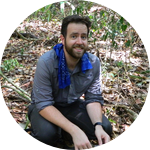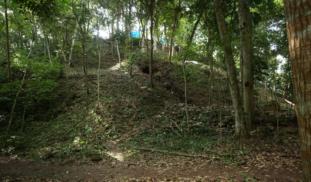Please wait...
About This Project
We know that at La Milpa, the Maya built agricultural terraces. We don't know what they were growing there and why. What were the Maya growing in the city's public center? How do these crops relate to the rise and collapse of a city of 20,000 people by the end of AD900? To try to get to the bottom of this we will be excavating the terraces during the summer of 2017 and testing the surrounding soil for plant remains.
More Lab Notes From This Project

Browse Other Projects on Experiment
Related Projects
What Did 17th-Century Sailors Really Eat?
Were sailors actually ship-shape--or were they truly a sickly bunch? Find out with us! We are replicating...
How can a specialized diet affect the shape of the primate neck?
The neck is involved in most everyday behaviors. Still, we do not understand how specific behaviors shape...
A game changer for primate welfare & conservation attitudes: Free-choice digital enrichment & Human-Animal Interaction
When great apes exert control over their environment their welfare improves, and when zoo visitors have...



